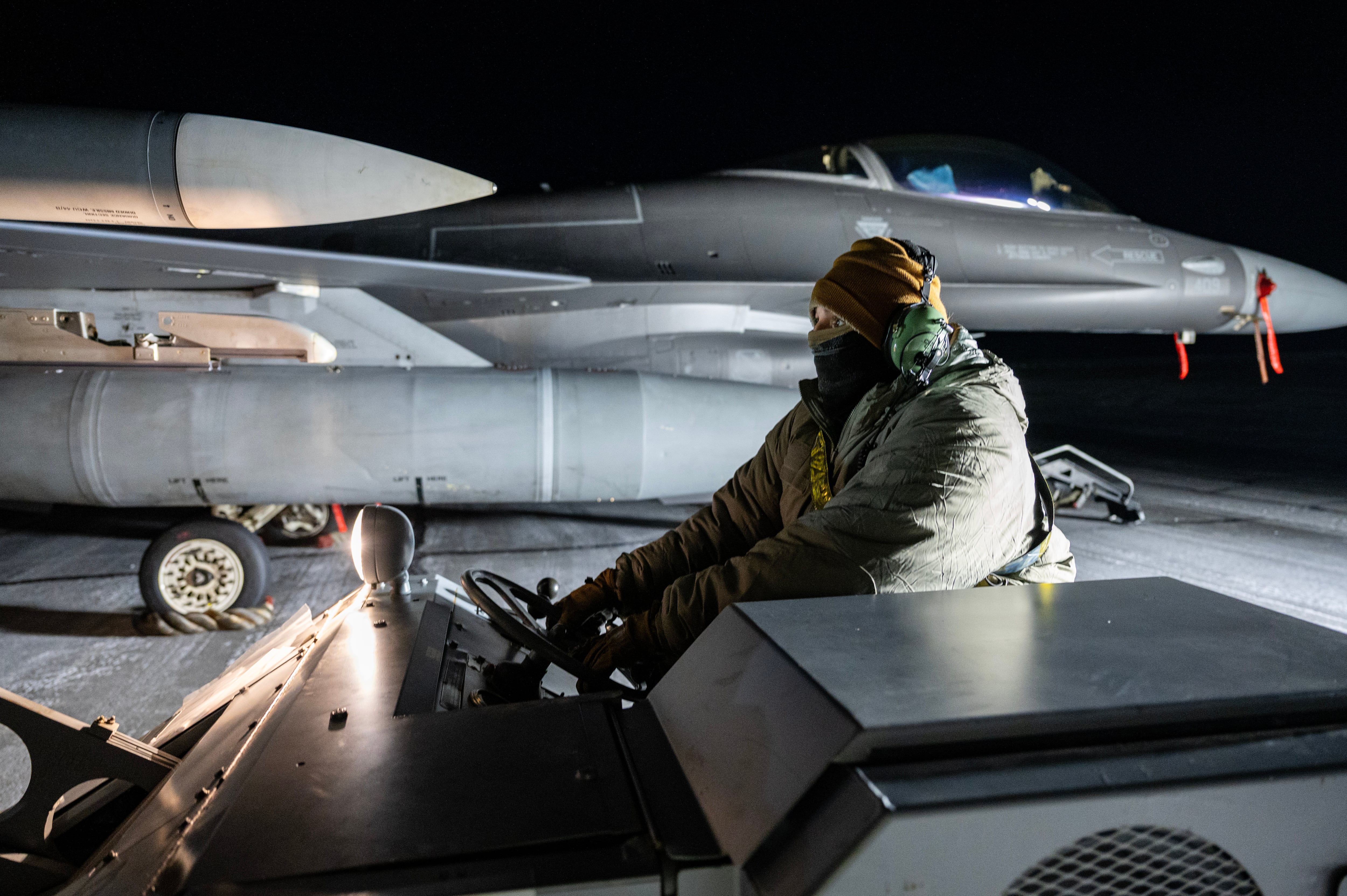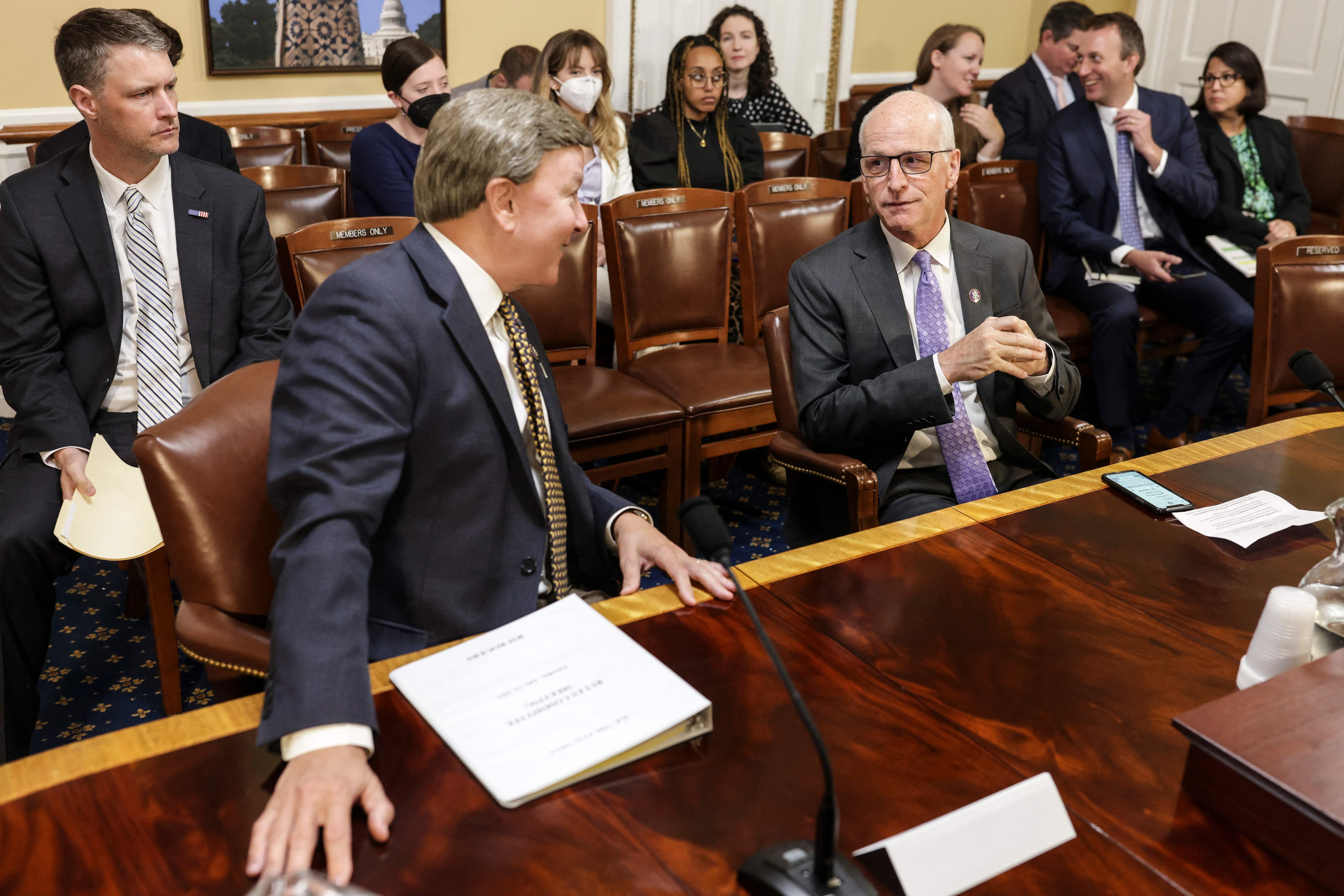WASHINGTON — Leonardo is back in the T-X competition and will be proposing the T-100 with its U.S. subsidiary DRS as the prime contractor.
The announcement on Wednesday follows a dramatic falling-out between the Italian firm and Raytheon, its partner and prime contractor in the trainer competition. The companies last month confirmed that they would not pursue the program together, following disagreements over the price of the aircraft. The T-100 is based on Leonardo's M-346, which the Italian firm currently builds in Italy and has already sold to Israel, Singapore, Italy and Poland.
The DRS-led T-X team retains the key partners from the Raytheon-Leonardo venture. Leonardo DRS will be supported by CAE USA in the design and development of the T-100 ground-based training system (GBTS), the firm said. Honeywell will also provide twin F124 turbofan propulsion engines.
"Leonardo has experience in building aircraft overseas, so they will be lead on how this all works," DRS spokesman Mike Mount said. "DRS will use its position as a prime to assist in multiple pieces of this process," including program management, quality assurance and financial oversight.
A Leonardo news release stated that the T-100 will be a "U.S.-based program that will bring significant economic benefits to the country through a newly established and skilled U.S. work force."
In a phone call with Defense News, Mike Mount elaborated that the T-100 will contain at least 50 percent U.S. content, including the Honeywell engines. The company also plans to build a new plant in the United States to manufacture the aircraft and conduct structural and final assembly.
The Raytheon-Leonardo partnership previously had planned to conduct final assembly of the aircraft in a newly built final-assembly and check-out facility in Meridian, Mississippi. While structural assembly would take place in Italy, final assembly and at least 70 percent of the T-100 training system — including ground-based systems — would be built in the United States, a Raytheon spokesman said at the time.
Sources told Defense News last month that the Leonardo-Raytheon partnership broke down after Leonardo resisted Raytheon’s pressure to lower the price of the jet, pressure which increased as the competitiveness of Boeing’s offer in the T-X program became more evident.
Shortly after Leonardo announced its return to the T-X competition, CAE released a statement.
"CAE has been Leonardo’s long-time partner on the M-346 platform, and we have supported providing the ground-based training systems to all the customers currently operating this advanced lead-in fighter trainer," the company said. "We are committed to continuing to support Leonardo on the T-X pursuit, and look forward to providing the U.S. Air Force with an affordable, low-risk and proven integrated training solution."
Boeing has teamed with Saab to offer a clean-sheet design. The other main remaining competitor is Lockheed Martin, which is offering the T-50 with Korean Aerospace Industries. However, several spoiler candidates also have entered the fray, including Sierra Nevada and TAI's "Freedom Trainer." There's also the "Javelin," created by Stavatti Aerospace, which has never produced a military airplane.
Northrop Grumman, teamed with BAE Systems, pulled out of the T-X program on Feb. 1 after deciding its clean-sheet trainer was not competitive enough.
The Air Force plans to buy 350 T-X aircraft and expects to down-select to a single vendor this year.
Tom Kington is the Italy correspondent for Defense News.
Valerie Insinna is Defense News' air warfare reporter. She previously worked the Navy/congressional beats for Defense Daily, which followed almost three years as a staff writer for National Defense Magazine. Prior to that, she worked as an editorial assistant for the Tokyo Shimbun’s Washington bureau.





